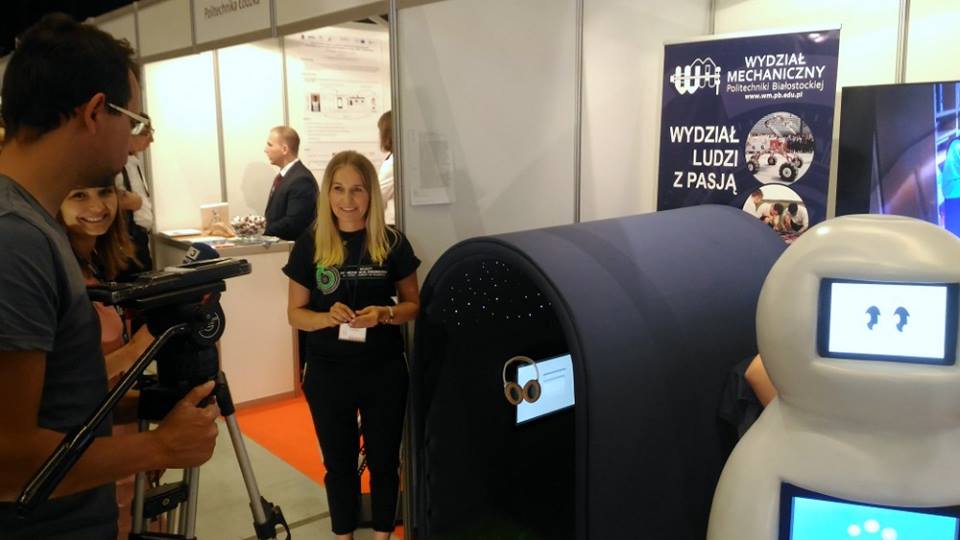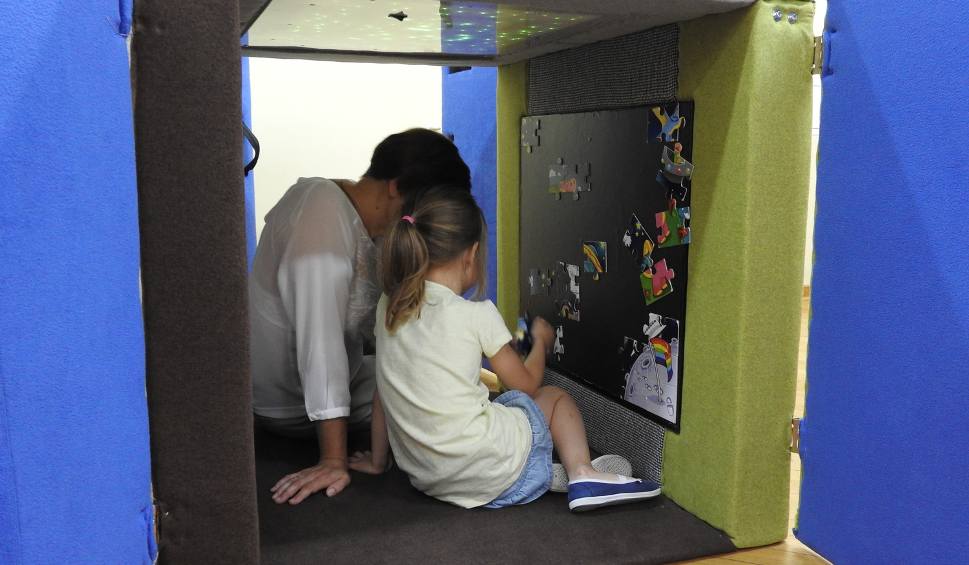TYRIMAS
Pauk J., Zawadzka N., Wasilewska A., Godlewski P.
Gait deviations in children with classic high-functioning autism and low-functioning autism
Journal of Mechanics in Medicine and Biology 17(2):13, 2017
DOI: 10.1142/S0219519417500427
The most significant symptoms of autism are abnormal movement patterns that can lead to the decrease of life quality. The purpose of the study was to compare quantitatively the gait strategy of the typical subjects, classic high-functioning autism (HFA), and low-functioning autism (LFA) children. Secondly, the comparison and the evaluation of main changes of plantar pressure parameters between groups were presented. The evaluation was carried out on 18 children with HFA, 10 children with LFA, and 30 age-matched children as a control group.A six camera motion capture system, two force plates and a pedobarograph were used to measure gait kinematics, joint kinetics, and pressure distribution under foot during walking. The analysis shows significant differences between children with HFA, LFA, and typical children in velocity, cadence, and magnitude of plantar pressure distribution. The magnitude of plantar pressure was reduced in children with autism under all anatomical masks, which was caused by plano-valgus deformity. Differences were also observed in joint angles and moments during gait cycle. Some of the results can be a source of important information about gait patterns in autistic children. Any exercise treatment prescribed for autistic children should focus on changing the patterns of plantar pressure distribution, which would be similar to patterns of typical children. However, the exercise treatment cannot be generalized due to the high inter-subject variability in children with autism.
Terapinė liemenė
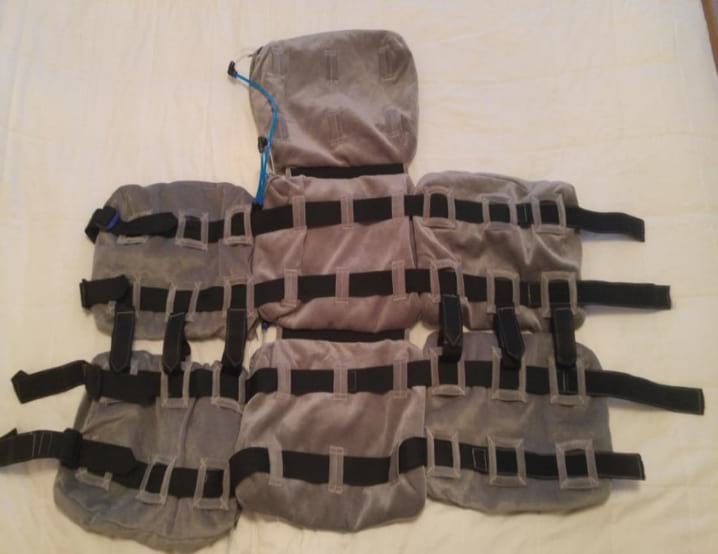
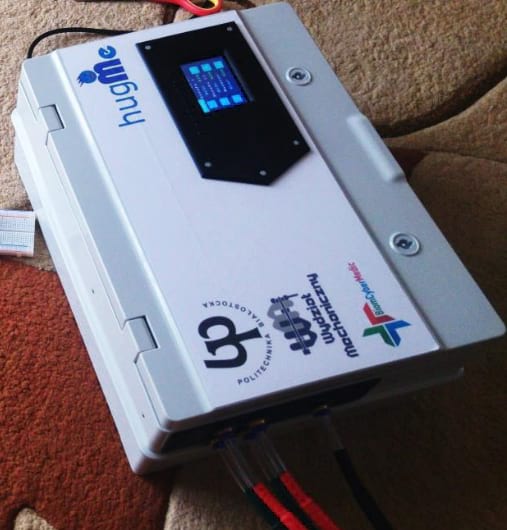
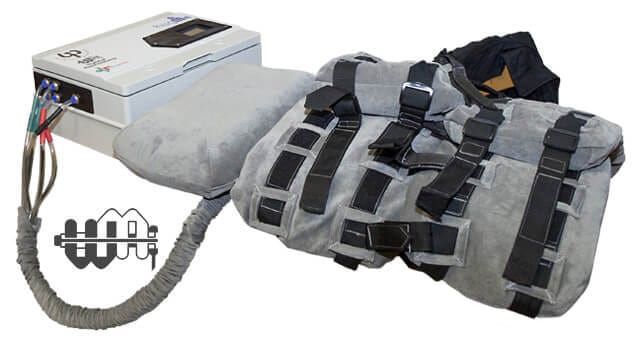
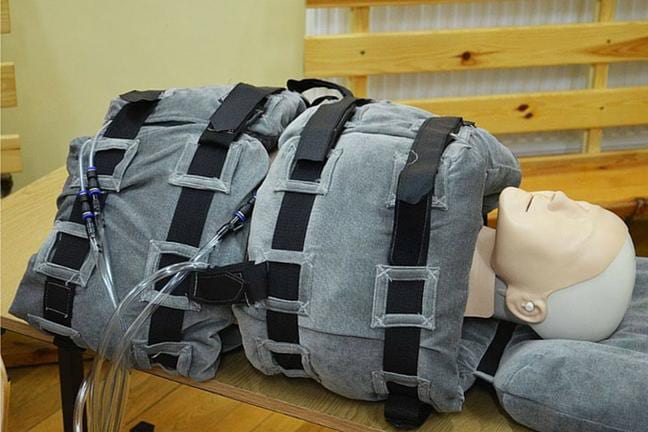
Sensorinis tunelis
